Can AI Translate Audio?
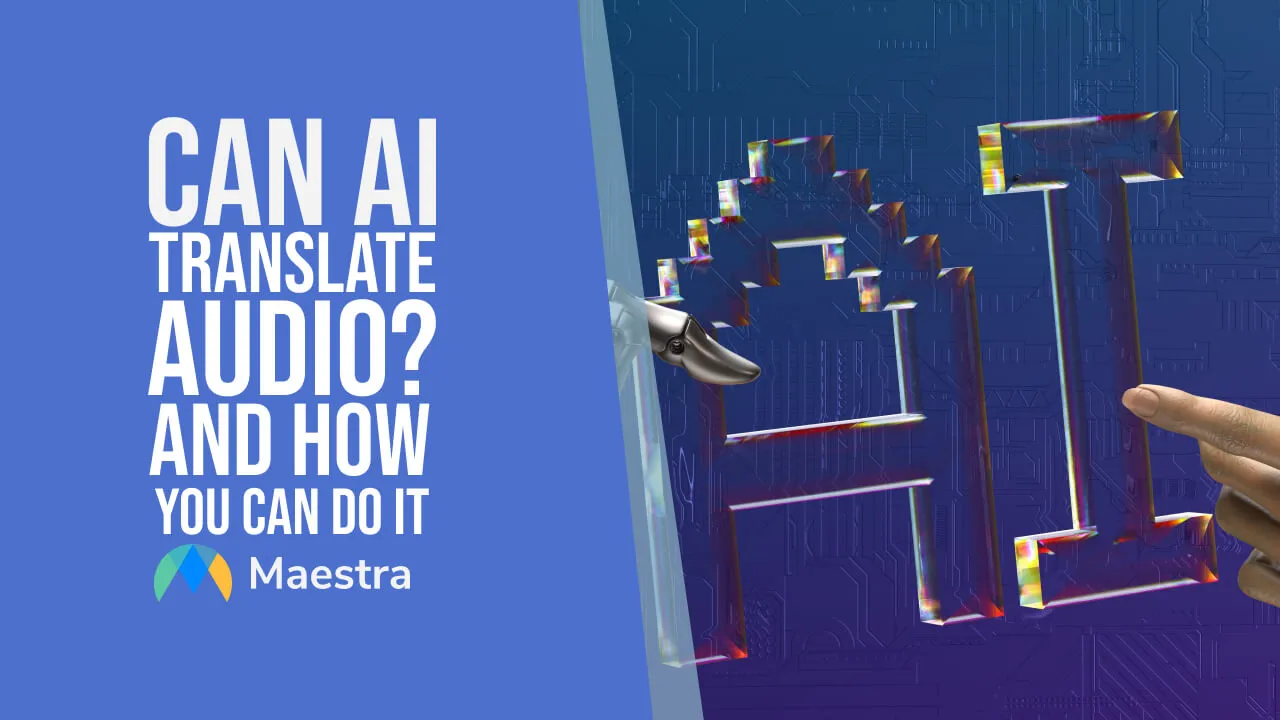
If you are asking the question, "Is there an AI that translates audio?" The answer is simple: Yes. However, there are nuances and varieties when it comes to AI audio translation.Let's understand the concept of audio translation, and then see how we can use AI to translate audio.
The Concept of Audio Translation
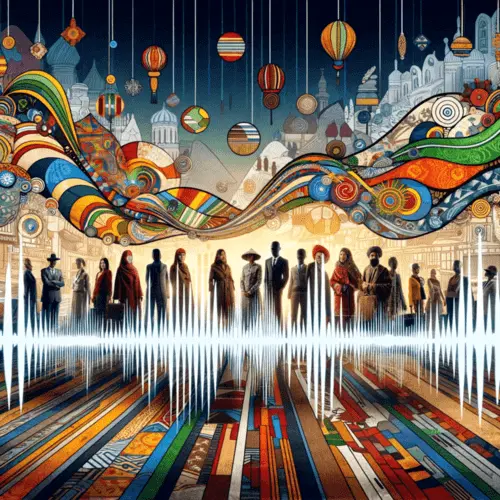
Audio translation is the process of converting spoken language into another language, in real-time or through recordings. Unlike text translation, which deals only with written words, audio translation requires the additional steps of recognizing and interpreting speech nuances. This distinction makes audio translation a more complex challenge, as it must account for variations in tone, speed, and clarity of spoken language. It stands at the forefront of breaking language barriers, offering a more immediate and natural mode of cross-lingual communication.
AI and Audio Translation
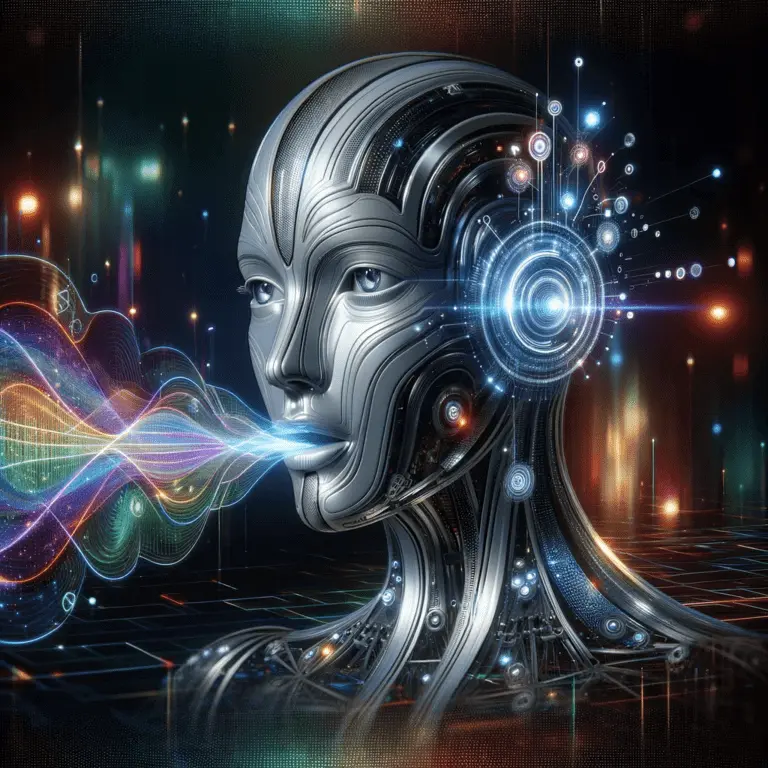
The integration of AI in audio translation is revolutionizing translation. By leveraging advanced AI algorithms, this technology transcends traditional language barriers, enabling accurate translation of spoken language. AI's role in audio translation signifies a major leap forward from manual translation methods, offering seamless and instantaneous linguistic conversions. This technology is not just a tool but a bridge, connecting speakers of different languages in a way that was once thought impossible.
Adapting AI technology in audio translation
AI technology in audio translation represents a groundbreaking fusion of machine learning, speech recognition, and natural language processing. This advanced technology enables computers to not only recognize human speech but also understand its context and nuances. By training on vast datasets of spoken language, AI systems can adapt to various accents, dialects, and idiomatic expressions, making audio translation more accurate and accessible.
Overview of how AI translates spoken language
The process of AI translating spoken language involves several stages. First, speech recognition algorithms convert audio into text. Next, natural language processing interprets the context and meaning of the text. The translated text is then generated in the target language using sophisticated machine translation algorithms. Finally, in some applications, text-to-speech technology vocalizes the translated text, completing the process of converting spoken language from one language into another, often in real time.
Key Technologies Behind AI Audio Translation
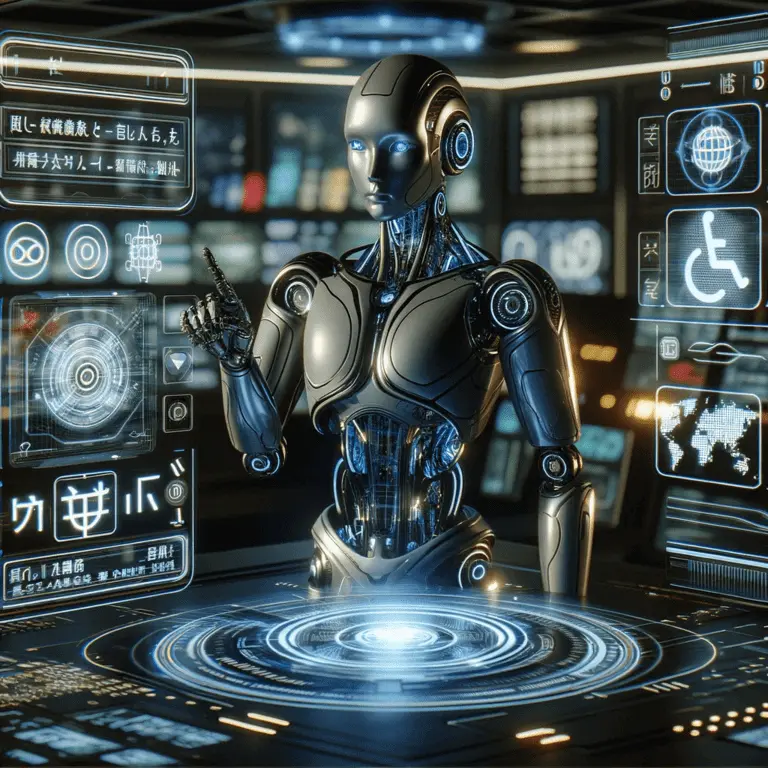
AI audio translation is underpinned by several cutting-edge technologies, each playing a pivotal role in the translation process.
Speech recognition
Speech recognition is the first crucial step in AI audio translation, where AI algorithms identify and transcribe spoken words into text. This technology must effectively handle various accents, speech speeds, and background noises, making it a complex yet essential component of audio translation systems.
Natural Language Processing (NLP)
Natural Language Processing (NLP) lies at the heart of understanding the context and meaning behind the transcribed text. NLP algorithms analyze the structure and nuances of language, such as grammar and idioms, enabling the AI to grasp the intended message beyond mere words.
Machine translation
Machine translation takes the processed text and converts it into a different language. This involves not just direct translation of words but also adapting phrases and sentences to maintain the original meaning, tone, and cultural context, ensuring that the translation is both accurate and coherent.
Text-to-Speech
The final stage in the audio translation process is text-to-speech conversion. Here, the translated text is transformed back into audio, allowing the end-user to hear the translation in their chosen language. This technology synthesizes human-like speech, making the translation sound natural and easy to understand. For example, you can use a voicemail greeting generator to create multilingual and realistic voicemails with AI voices.
Applications and Use Cases
The versatility of AI in audio translation extends across various domains, revolutionizing how we communicate, learn, and access information. From enhancing global interactions to breaking new ground in accessibility and entertainment, here are key applications and use cases that showcase the transformative impact of this technology.
Real-time translation for international meetings and conferences

AI-driven audio translation plays a crucial role in international meetings and conferences, enabling real-time, seamless communication among participants speaking different languages. This technology breaks down language barriers, fostering global collaboration and understanding in business, diplomacy, and various international forums.
Maestra's speech translator allows anyone to translate audio in real-time using realistic AI voices, live voice cloning and more in over 125 languages!
Accessibility for people with hearing or speaking impairments
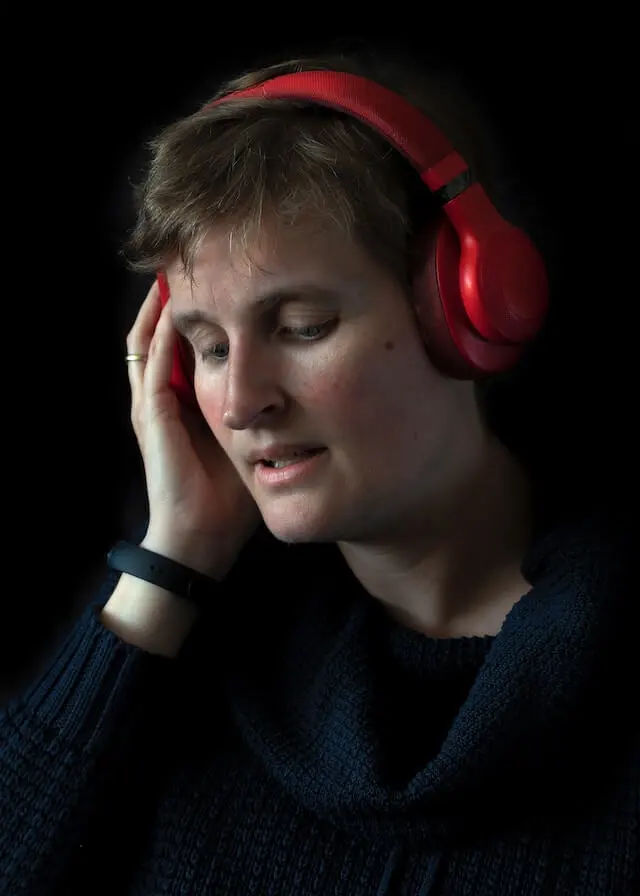
Audio translation technology significantly enhances accessibility for individuals with hearing or speaking impairments. By converting spoken language into text and vice versa, it provides alternative communication methods, aiding in social inclusion and equal access to information and services.
Educational purposes and language learning

In the realm of education, AI audio translation is a valuable tool for language learning and teaching. It allows students to access educational materials in multiple languages and helps in developing listening and speaking skills in a new language, thus broadening the horizons of language education.
Entertainment industry: dubbing and subtitles

The entertainment industry greatly benefits from AI in audio translation for creating accurate and culturally relevant dubbing and subtitles. This technology enables films, TV shows, and other media to reach a global audience, transcending language barriers and enriching cross-cultural entertainment experiences.
Advantages of AI in Audio Translation
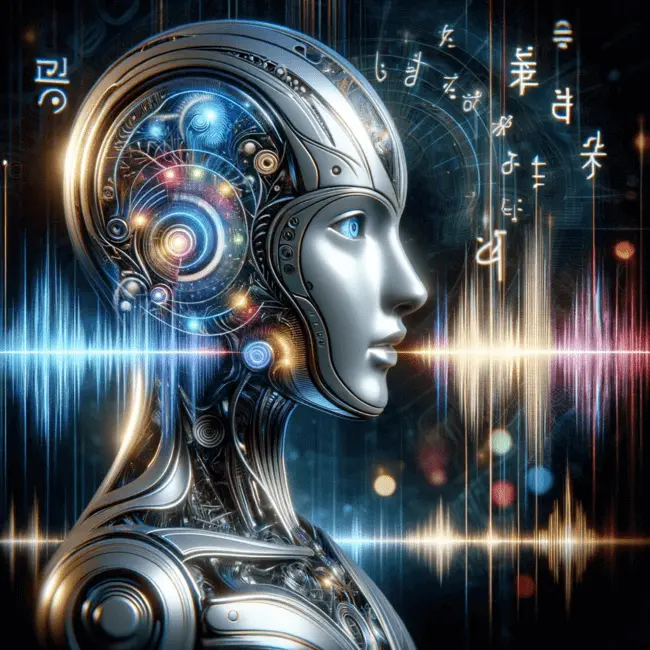
AI in audio translation offers significant advantages that are reshaping the landscape of language translation. From enhancing real-time communication to improving accuracy, these benefits underscore the transformative potential of AI in bridging linguistic divides.
Speed and efficiency in real-time translations
AI-driven audio translation stands out for its speed and efficiency, enabling instant translation of spoken language. This rapid processing is pivotal in scenarios like live events or negotiations, where every second counts.
Accuracy improvements with advancements in AI
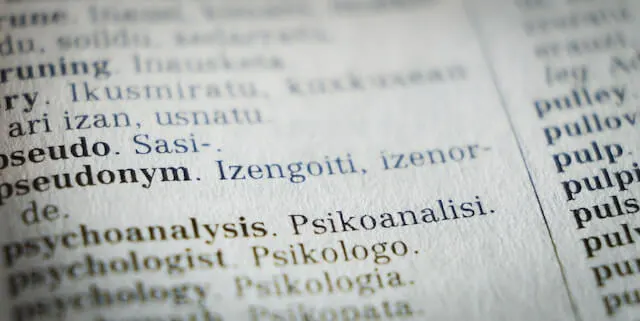
With continuous advancements in AI, the accuracy of audio translation has seen remarkable improvements. Enhanced algorithms can better understand context, idioms, and cultural nuances, leading to translations that are not only literal but also contextually relevant.
Breaking language barriers in communication
Perhaps the most profound advantage is AI’s ability to break down language barriers, facilitating effortless communication across different languages. This opens up opportunities for more inclusive and diverse interactions, fostering global understanding and collaboration.
Challenges and Limitations of AI Translation
Despite its impressive advancements, AI in audio translation faces several challenges and limitations that impact its effectiveness. Addressing these issues is crucial for the continued evolution and refinement of this technology.
Dealing with dialects and accents
One significant challenge lies in accurately recognizing and translating various dialects and accents. These variations in speech can significantly impact the AI's ability to correctly interpret and translate spoken words, leading to potential misunderstandings. Yet, a leading AI tool for translating audio delivers impeccable accuracy when dealing with dialects or accents.
Contextual and cultural translation challenges
Capturing the contextual and cultural nuances of language presents another hurdle. AI systems may struggle with idiomatic expressions, slang, or culturally specific references, which can lead to translations that lack the intended meaning or cultural sensitivity.
Technical limitations and dependency on clear audio quality
The effectiveness of audio translation is also dependent on the quality of the audio input. Background noise, poor recording quality, or speech clarity issues can impede the AI's ability to accurately transcribe and translate spoken language, limiting its usability in less-than-ideal conditions.
Future Prospects of AI Audio Translation
The future of AI in audio translation holds immense promise, with developments poised to enhance its capabilities and reach. These prospects hint at a world where communication across any language barrier is effortless and inclusive.
Potential developments in AI for more nuanced translations
Advancements in AI are expected to bring more nuanced translations, capturing subtle linguistic and cultural nuances. This will lead to a higher quality of translation, where AI can accurately convey tone, humor, and emotion, mirroring human-like understanding and expression.
Expanding the range of languages and dialects
Efforts are underway to expand AI's proficiency in a wider array of languages and dialects, especially those that are less commonly spoken or underrepresented. This expansion will democratize language access, enabling more communities to benefit from AI translation technologies.
Integrating AI translation into more devices and platforms
We anticipate broader integration of AI translation into various devices and platforms, making it a ubiquitous feature in smartphones, wearables, virtual assistants, and more. This integration aims to make real-time translation a standard tool in everyday personal and professional interactions.
Conclusion
Is there an AI that translates audio? Yes, in fact, there are many. AI audio translators are a great way of translating audio with great accuracy and speed, and into many languages otherwise undoable with manual translation. The journey through the landscape of AI in audio translation reveals a technology that is not only transformative but also pivotal in today's interconnected world. We've seen how AI-driven audio translation excels in speed, efficiency, and the breaking of language barriers, yet it still grapples with challenges like dialect recognition and cultural nuances. Looking ahead, the prospects of more nuanced translations, expanded language coverage, and widespread integration hold the promise of an even more inclusive and connected global community. As we reflect on the evolving role of AI in language and communication, it's clear that this technology is more than a tool; it's a bridge connecting diverse cultures and languages. The advancements in AI have already begun to reshape how we interact across language divides, making communication more accessible and inclusive. The future of AI in audio translation is not just about overcoming linguistic barriers but also about enhancing our ability to understand and connect with each other on a deeper, more human level. This evolution of AI stands as a testament to our collective pursuit of a world where language is no longer a barrier but a gateway to richer, more diverse interactions.
Translate Audio with AI Now
Maestra.ai is a platform where you can translate audio using the best AI technology available.
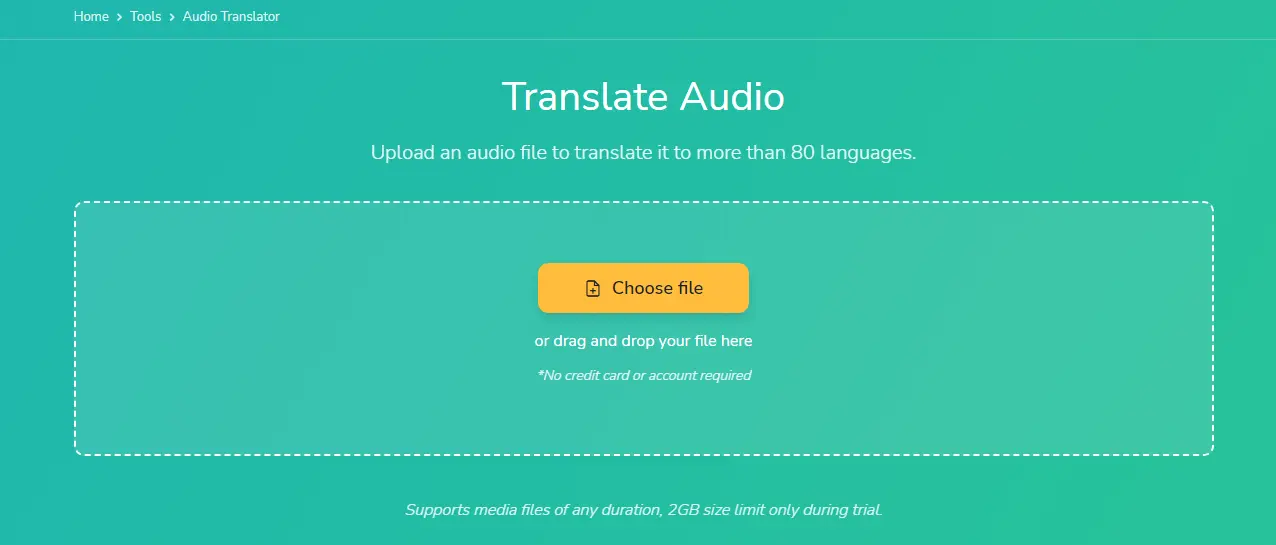
Choose from a diverse portfolio of realistic AI voices with different dialects and accents to translate audio to perfection. Translate to more than 125 languages available. A free trial that does not require an account or payment information. Incredible accuracy and translation speed. A collaborative environment to work on translation projects with others. If you are looking for an AI tool that translates audio, Maestra's audio translator delivers the best AI translation service for everyone from individual translation jobs to corporate translation projects.
